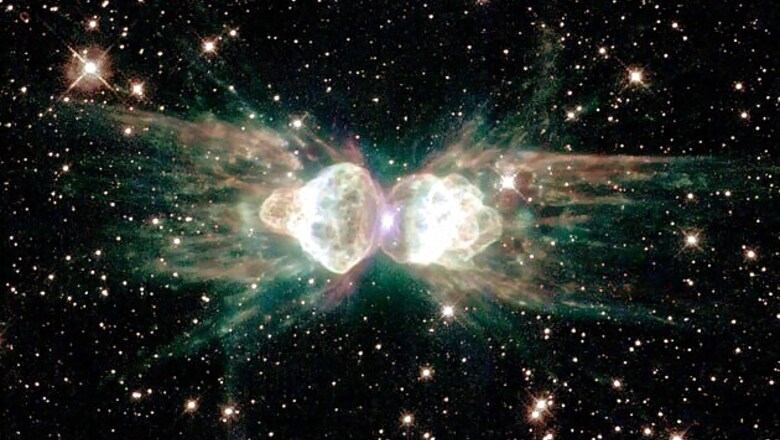
views
In search of a view of the birth of the first stars and galaxies almost 13 billion years ago the 'cosmic dawn', the city-based Raman Research Institute (RRI) with partners in Australia, the US and New Zealand has achieved a milestone building the Murchison Widefield Array (MWA), a radio telescope in Australia.
The RRI, in partnership with US Universities - Harvard and MIT and the Universities of Australia and New Zealand successfully built and commissioned the MWA, a radio telescope that is a precursor to the international Square Kilometre Array (SKA), a next generation new-technology radio telescope being built across Australia and South Africa.
The digital receivers of the MWA were built at RRI, whose engineers and scientists worked along with international partners in the remote Australian outback installing and commissioning the telescope. Professor Ravi Subrahmanyan, Director of the RRI, said the creation of the MWA is a technological marvel that would help humanity take the first exploratory steps into times in our cosmic history that have remained inaccessible to date.
"It will enable astronomers to glean insights into our own Milky Way and galaxies beyond, pulsing and exploding stellar objects, and the influence of the Sun on inter-planetary space weather close to the Earth , he said at an event organised at RRI on Monday to celebrate the milestone. Nobel laureate Prof Brian Schmidt and Australian High Commissioner to India Patrick Suckling were among those present.
"The MWA is a fantastic example of how Australia and India are working together at the cutting edge of science," said Suckling. Prof Schmidt was recognised at the celebrations for his role as a Board member of the MWA international partnership since its inception.




















Comments
0 comment